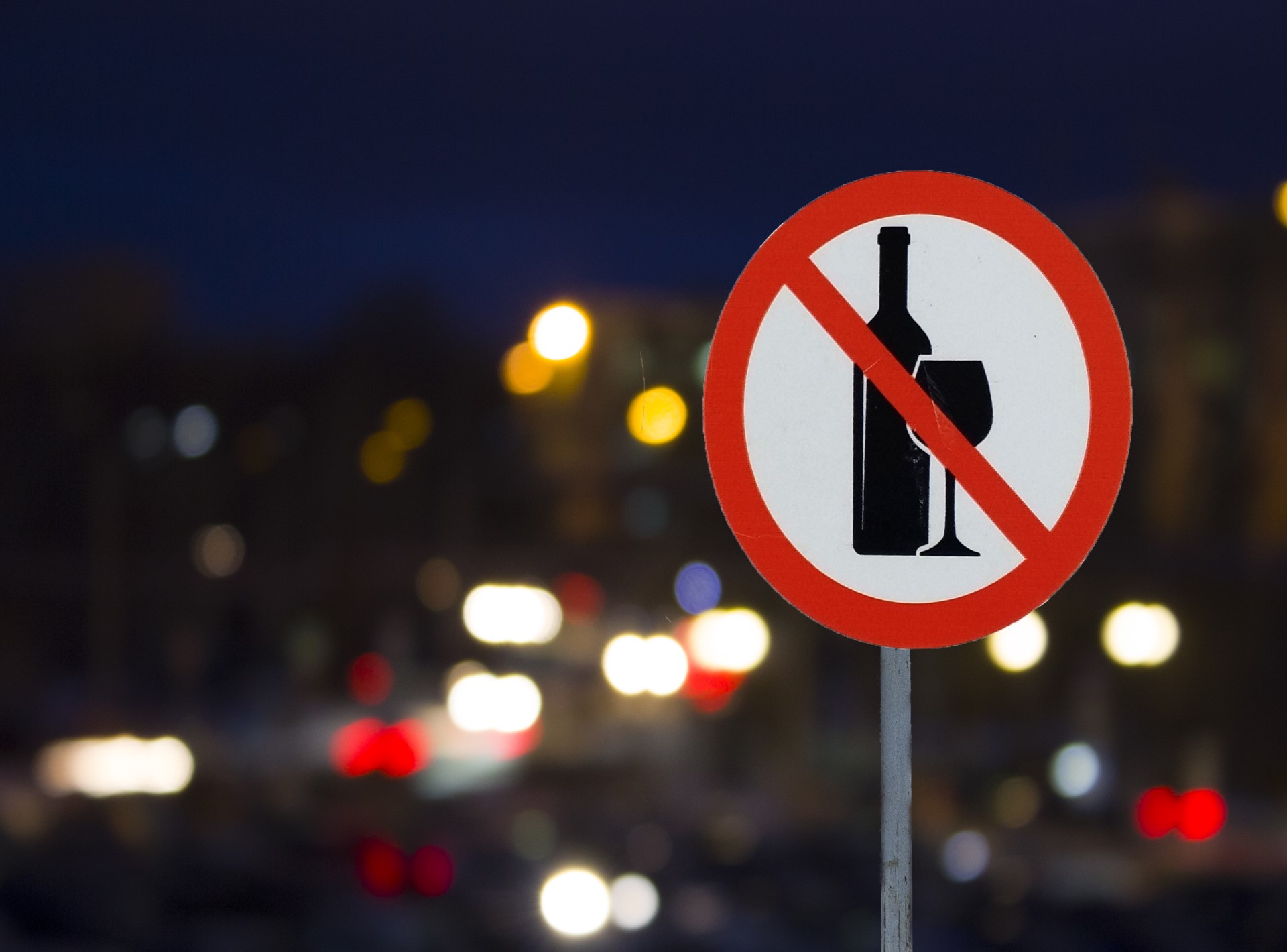As police call for a wider restriction on alcohol sales in WA, particularly in regional and northern towns, new research has emerged tracking the online purchasing behaviour of high-risk drinking West Australians.
With alcohol-fuelled crime soaring in more than 25 towns, Deputy Police Commissioner Allan Adams wrote to the State Licensee with recommendations for daily restrictions, reduced operating hours for retailers, increasing the minimum price of wine and replacing glass with plastic where possible.
However, a recent study by researchers from the universities of Curtin, Deakin and La Trobe, and UNSW, has highlighted that the State’s high-risk alcohol drinkers have been using online delivery services to get drinks, and were more frequently ordering same-day delivery to keep a session going.
Industry reports indicate that from 2019 to 2020, online alcohol sales within Australia increased between 50% and 500%, with Australian online alcohol sales estimated at $1.8 billion in 2021.
The team surveyed 465 WA adults who had used an online alcohol delivery service within the past six months and found respondents who were high risk drinkers were more than five times as likely to make frequent purchases, twice as likely to buy through specialised online-only businesses and received deliveries while drunk 11 times more than low-risk drinkers.
High-risk drinkers were significantly younger at 41 years compared to 47, though surprisingly, socioeconomic status had minor impact on drinking patterns.
According to lead author, Deakin’s Dr Kerri Coomber, the convenience of online alcohol delivery was potentially undermining policy efforts to reduce drinking, with high-risk drinkers also more likely to be exposed to advertising for alcohol and home delivery services.
“While the amount and frequency consumed through home delivery retailers aligns with expected high-risk drinking patterns, our findings also suggest greater uptake of alcohol home delivery usage by high-risk drinkers,” she said.
High-risk drinkers were also more likely to have been exposed to advertising for home delivery retailers, however, increased exposure to advertising did not appear to lead to increased purchase amounts.
“For these people who are at the highest risk of harms from alcohol, exposure to marketing has been shown to increase alcohol cravings, trigger a desire to drink and make it more difficult to reduce alcohol use,” Dr Coomber explained.
“Increasingly, advertising on social media platforms provides a direct link to purchase alcohol online, which can be delivered to homes in under two hours. Further, algorithms on social media platforms allow the alcohol companies to deliberately target heavy alcohol consumers.
“The increased exposure to advertising among high-risk drinkers in our sample does suggest a level of targeting by specialised online alcohol delivery retailers, which high-risk drinkers use more frequently.”
The team also noted that a recent audit of Australian alcohol home delivery websites indicated that only 3% of sites specifically mention they will not deliver to intoxicated customers.
“While refusal of service to intoxicated patrons is a core part of responsible service of alcohol training, barriers such as being unable to identify intoxication, fear of confrontation and low threat of enforcement are cited by venue-based alcohol servers in WA as reasons for low adherence to responsible service of alcohol practices,” the study said.
“These barriers may be exacerbated when a sole delivery driver is providing alcohol to a customer, at the customer’s home, without the support of other staff or managers that would typically be available in-store.
“This highlights the need for Australian jurisdictions to introduce stronger legislation and test purchasing by regulators to assess retailer compliance. Treatment providers also need to be aware of the possible impacts of home delivery on their clients’ ability to reduce, or abstain from, alcohol use.”
Based on their findings, the researchers recommended that stronger legislation, such as mandatory delay between order and delivery, and monitoring, including testing for compliance, were potential mechanisms to effectively address the issue.


